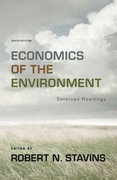Answered step by step
Verified Expert Solution
Question
1 Approved Answer
Hi please help me with this exam revision question for macroeconomics, I do not have the model answer for it and it would be of
Hi please help me with this exam revision question for macroeconomics, I do not have the model answer for it and it would be of much help if you can help me with it. Thank you so much!!

Step by Step Solution
There are 3 Steps involved in it
Step: 1

Get Instant Access to Expert-Tailored Solutions
See step-by-step solutions with expert insights and AI powered tools for academic success
Step: 2

Step: 3

Ace Your Homework with AI
Get the answers you need in no time with our AI-driven, step-by-step assistance
Get Started


